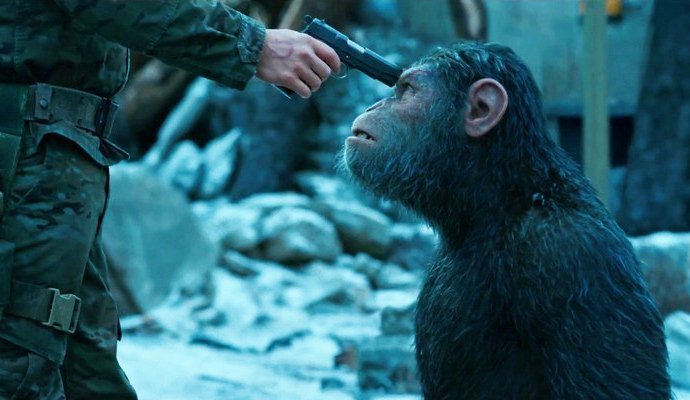The Glass Castle
by Hope Madden
I was excited about the screen adaptation of Jeannette Walls’s memoir The Glass Castle. Hers is a well-told, often jaw-dropping story of a most unusual family. Her telling is neither sentimental nor leading; she is both clear-eyed and forgiving of an upbringing that is eccentric at best, criminally negligent at worst.
Clearly destined for big screen treatment, the adaptation appeared to fall into the right hands considering the director – Destin Daniel Cretton, of the underseen gem Short Term 12 – and the cast.
Oscar winner and fellow Short Term 12 alum Brie Larson takes lead responsibilities as the adult Walls, while her parents are played by the always wonderful Woody Harrelson and Naomi Watts.
That’s a pedigree right there. So what went wrong?
A lot – and the release date was the first clue.
August tends to be a dumping ground. If it didn’t have “summer blockbuster” written on it and it’s not likely to bait Oscar voters, it comes out now.
Presumably, Glass Castle was originally conceived as Oscar bait, and the performances are wonderful, to be sure. It’s really Cretton, along with Andrew Lanham, who adapted Walls’s text, who fell down on this one.
With Cretton, Lanham co-wrote the 2017 screen adaptation of The Shack, an inspirational drama in which a grieving man receives a letter, and then a visit, from God. And that may be all you need to know.
Between Lanham’s refocusing of the story, Cretton’s manipulative use of slow-mo and the emotionally leading score, Walls’s remarkably balanced portrait of wanderlust, addiction and damage is utterly lost.
In its place, you’ll find cheap sentimentality.
The volatile and life-shaping relationship between Walls and her mother is discarded almost outright and Watts is left basically sidelined while a more cinema-friendly arc is developed between father and daughter.
Harrelson has far more to work with, but the root of his troubling quest for freedom is pushed aside in favor of wise-yet-innocent monologues and general zaniness.
Do yourself a favor and grab the book instead.








